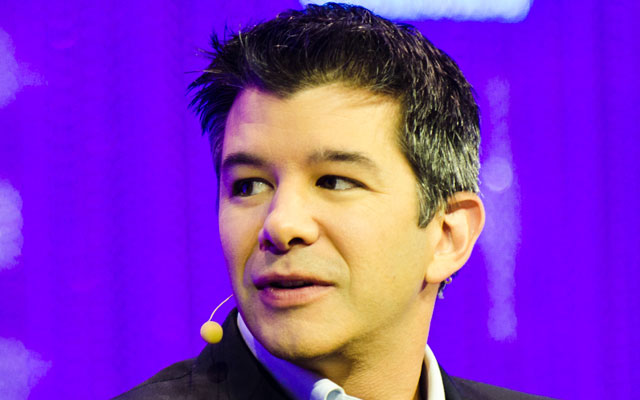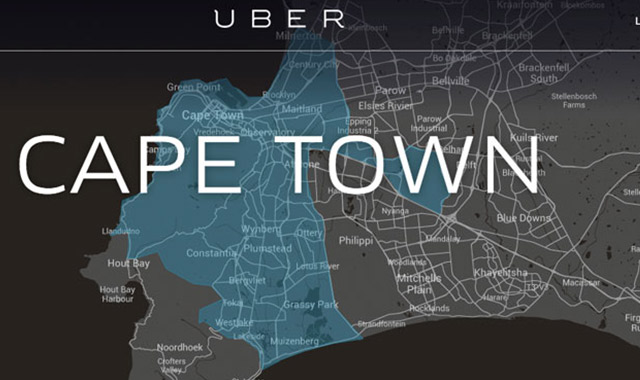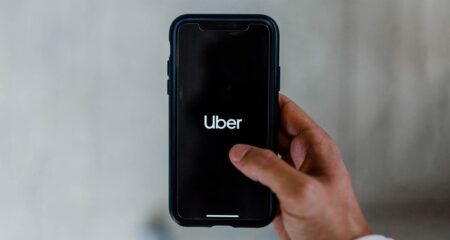
Uber Technologies isn’t required to report its finances publicly, but the privately held company has decided to forgo that luxury for the first time. Uber said its revenue growth is outpacing losses, hoping to show the business is on a strong trajectory as it attempts to address a recent cascade of scandals.
The ride-hailing giant more than doubled gross bookings in 2016 to US$20bn, according to financial information Uber shared with Bloomberg. Net revenue was $6,5bn, while adjusted net losses were $2,8bn, excluding the China business, which it sold last summer.
Uber declined to report first quarter numbers, saying they were in line with expectations but that the company hasn’t yet presented them to investors. The company said it’s pleased to see revenue growth far exceeding losses last year and that its business is still performing well this year even as it faces unyielding controversy.
“We’re fortunate to have a healthy and growing business, giving us the room to make the changes we know are needed on management and accountability, our culture and organisation, and our relationship with drivers,” Rachel Holt, who runs Uber’s US ride-hailing business, wrote in an e-mailed statement.
In recent months, Uber has seen an exodus of top executives as it investigates claims of sexual harassment and a toxic work culture. Uber is facing a lawsuit over self-driving car technology from Alphabet’s Waymo, backtracked on a programme called Greyball that was used to deceive government officials, and apologised after its CEO was videotaped arguing with a driver. Travis Kalanick, the CEO, said he’s seeking a chief operating officer to help right the ship.
Uber’s business is massive and getting bigger. In the last three months of 2016, gross bookings increased 28% from the previous quarter to $6,9bn. The company generated $2,9bn in revenue, a 74% increase from the third quarter. Losses rose 6,1% over the same period to $991m.

While the rate of sales growth compared with losses is encouraging, Uber is still losing a significant sum, said Evan Rawley, a business professor at Columbia University. “That’s a lot of cash to burn in a quarter,” he said.
Jeff Jones, the company’s president of ride sharing who resigned last month, previously joked to staff that he joined Uber expecting P&L, meaning a profit and loss statement, but only found an L.
Uber said it uses generally accepted accounting principles. Revenue includes only the portion Uber takes from fares, except in the case of its carpooling service; the company counts the entire amount of an UberPool fare as revenue. The more Uber’s business shifts to the multi-passenger service, the faster revenue grows. Non-Gaap revenue is significantly smaller. The loss statement doesn’t account for employee stock compensation, certain real-estate investments, automobile purchases and other expenses.
Valued at $69bn by investors, Uber operates in about 75 countries. The company was spending aggressively to compete in China, with about $1bn in losses there last year, bringing its losses to $3,8bn globally. It sold the China business in August. As part of the deal, it received an 18% stake in local ride-hailing company Didi Chuxing and recognised the value of those shares in its financial statement. Uber said global net losses were $1,2bn after accounting for the sale, taxes and other factors.
Since it was founded in 2009, Uber has burned through at least $8bn. The company said it has $7bn of cash on hand, along with an untapped $2,3bn credit facility.
Lyft, which is Uber’s main competitor in the US, is also closely held and doesn’t disclose financial performance. It’s difficult to compare Uber’s business with any public company. Uber partly models itself after Amazon.com, but even at the peak of the dot-com boom, Amazon lost less than $2bn, adjusted for inflation. Amazon has never lost more than that in a year. Chip makers Qualcomm and Micron Technology, which require large capital investments, never lost that much.
“Uber is a one-of-a-kind company, in good ways and bad ways. It’s going to be a case study,” said Aswath Damodaran, a finance professor at New York University. “This is a cash-burning machine.” — (c) 2017 Bloomberg LP




